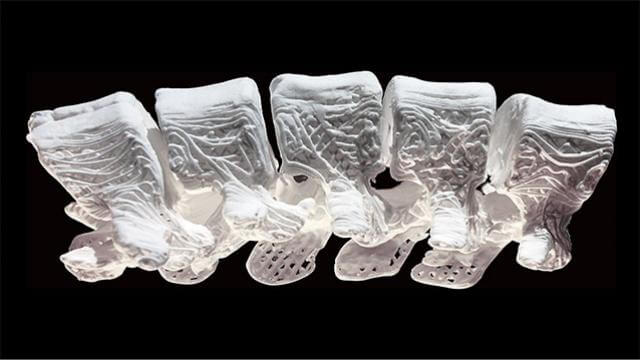Writing in the June 1 issue of Cell Stem Cell , researchers at University of California San Diego School of Medicine report that a first-in-human phase I clinical trial in which neural stem cells were transplanted into participants with chronic spinal cord injuries produced measurable improvement in three of four subjects, with no serious adverse effects.
“The primary purpose of this first trial was to assess safety. And no procedure-related complications were observed in any of the patients,” said Joseph Ciacci, MD, principal investigator and a neurosurgeon at UC San Diego Health. “Our results suggest the approach can be performed safely and early signs of efficacy warrant further exploration and dose escalation studies.”
The trial used a human spinal cord-derived neural stem cell line developed by Neuralstem, Inc, a biopharmaceutical company based in Maryland. Four trial participants with one- to two-year-old permanent injuries to T2-T12 thoracic vertebrae (located in the middle of the spine) received six injections, each containing 1.2 million neural stem cells.
In previous research, published in 2013 by Ciacci and co-author Martin Marsala, MD, professor in the Department of Anesthesiology at UC San Diego School of Medicine, stem cells were transplanted into rats with spinal cord injuries, resulting in neuronal regeneration and improvement in the animals’ functioning and mobility.
In the latest human clinical trial, the results (measured 18 to 27 months after transplantation) were not dramatic, but encouraging. Analysis of motor and sensory function and electrophysiology results showed improvement in three of the four participants.
“This is a small sample size, but the real strengths of this study are the extensive follow-up period, electrophysiological assessments and the timeline of treatment. Everyone was treated after a year of injury, meaning there was essentially no chance of spontaneous recovery,” said Ciacci. “Our primary objective was to provide proof of safety and tolerability of treatment. We’ve done that. These early signs of potential efficacy, combined with the promising results of earlier animal studies, argue for pressing ahead with new trials and greater doses to see if we can further accelerate repair and recovery.”
A second clinical trial is in development. Its focus will be subjects with cervical injuries.
Co-authors include: Erik Curtis, Joel R. Martin, Brandon Gabel, Nikki Sidhu, Ross Mandeville, Sebastiaan Van Gorp, Marjolein Leerink, Takahiro Tadokoro, Silvia Marsala, and Martin Marsala, UC San Diego; Teresa K. Rzesiewicz, and Catriona Jamieson, UC San Diego and CIRM Alpha Stem Cell Clinic.
Funding for this research came, in part, from the Sanford Stem Cell Clinical Center and Neuralstem, Inc.


But does it work on a 28 year old injury? I’d try it for the hell of it. If it would improve then rest of the things that go all bad after a spine injury even if you never walk again you still wouldn’t fall apart as much down the road.